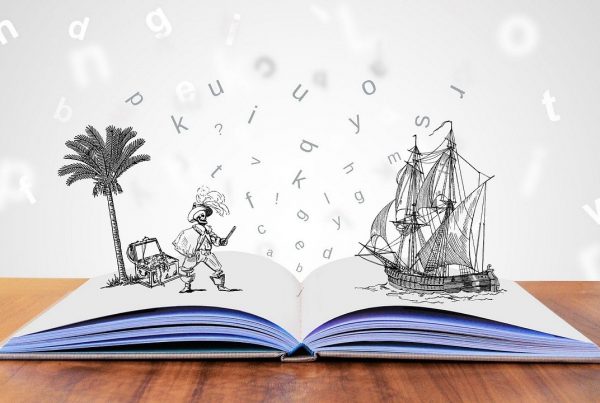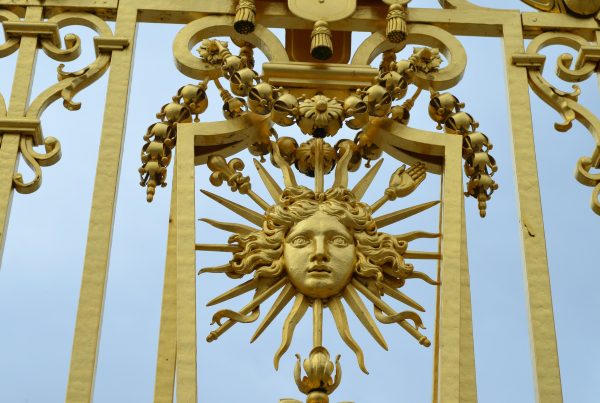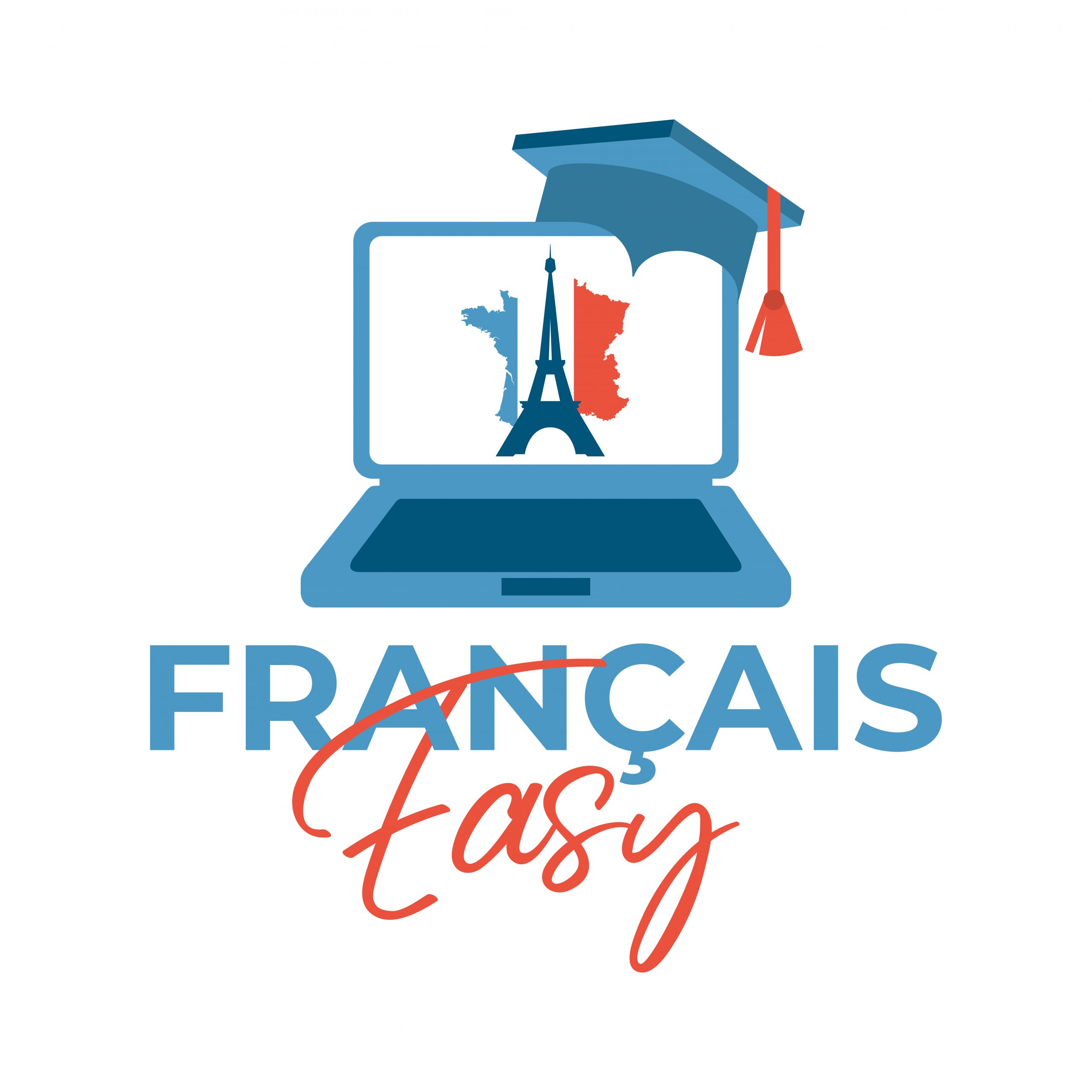The symbols of the French Republic are numerous. The main ones are : The tricolor flag, the Marseillaise, the Rooster, the motto “Liberty, Equality, Fraternity”, Marianne and the national holiday of July 14.
What do these symbols represent? What are their origins?
- The tricolor flag: With its three colors blue, white and red, the French flag appeared during the French revolution in 1789. It represents the alliance of the monarchy to the people. This flag has remained the symbol of France.

- Liberté, Egalité, Fraternité : It is the motto of the French Republic and the main values that unite the French people, whatever their origins, thoughts… This motto represents the values of the French people all over the world.

- La Marseillaise: It is a patriotic song and the national anthem of the French Republic. The Marseillaise was composed during the Revolution (revolutionary war song).
The first verses of the Marseillaise were created by the officer, poet and playwright “Rouget de l’Isle”.
- The Rooster: The animal that represents France is the rooster. But why was the rooster chosen? To answer this question, we must go back to Antiquity. The French are the descendants of the Gauls. These tribes were called “Gallus” by the Romans. Gallus means rooster.

- Marianne : Everyone knows the image of the young lady wearing a Phrygian cap that can be found everywhere in France (on stamps, official documents, in statue in front of town halls…);
Marianne appeared in 1792 and is the symbolic figure of the French Republic and of freedom.

- The national holiday of July 14: July 14 is a public holiday in France. People attend fireworks, a military parade on the Champs-Elysées and many other events to celebrate the capture of the Bastille fortress during the French Revolution.






